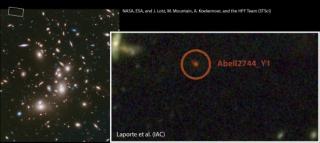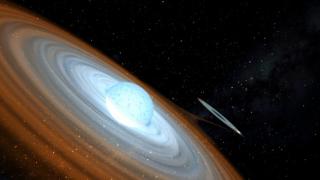
Harrison Schmitt, Charlie Duke, and Edward Mitchell will meet in Santa Cruz de Tenerife to participate in the Starmus festival.
Advertised on
This section includes scientific and technological news from the IAC and its Observatories, as well as press releases on scientific and technological results, astronomical events, educational projects, outreach activities and institutional events.





